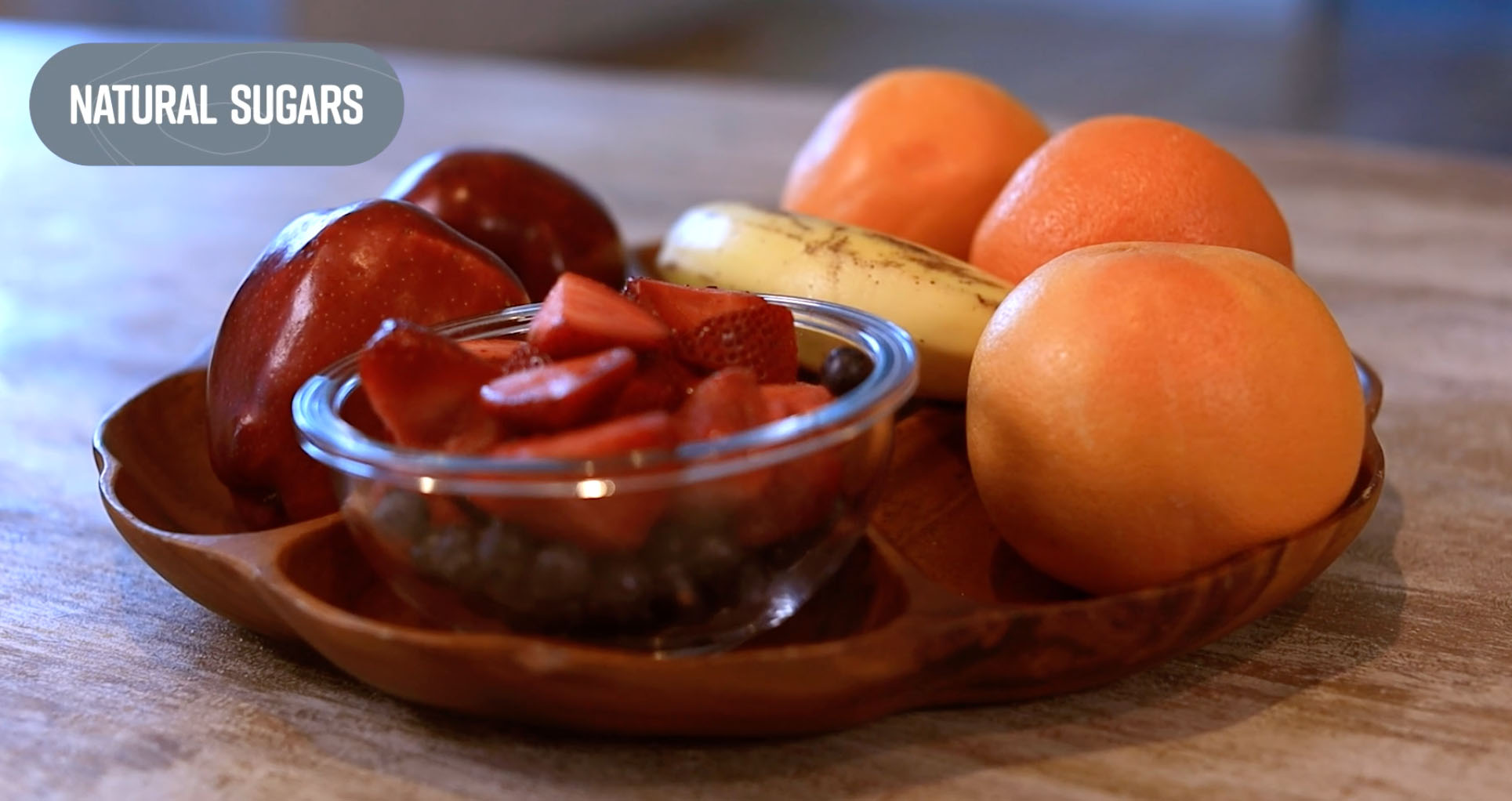Easy Ways to Eat More Fruits and Veggies

If fruits and vegetables are so healthy, why aren’t more of us piling produce on our plates?
According to the Dietary Guidelines for Americans, more than 90 percent of adults and children don’t consume enough fruits and vegetables. That increases our risk of obesity, which is especially troubling in kids. In fact, nearly one in five American children aged six to 19 is now considered obese.
The solution is simple: fill half your plate with fruits and/or vegetables at every meal, including snacks.
“Fruits and vegetables are anti-inflammatory foods loaded with vitamins, minerals, and phytonutrients,” says Sheah Rarback, a registered dietitian nutritionist with the University of Miami Health System.
If you want to improve your family’s health, try these ideas.
It’s all good. Fresh is best, but frozen, canned, dried, or 100 percent juice also count as part of your daily requirement. “Many of my clients buy fresh produce that goes bad before they have time to prepare it. Frozen produce is an economical, time-saving alternative. It’s picked fresh and flash-frozen, so the taste is more consistent.”
Raisins are a popular children’s snack, but these and other dried fruits have a high sugar content. “Think of dried fruit as an ‘add-on’ or ‘add-in’. Toss raisins in with nuts for a healthy trail mix or make ‘ants on a log’, a celery stick spread with peanut butter and topped with a few raisins.”
If your family likes juice, limit each person to one diluted juice per day to lower your sugar intake. Better yet, eat an apple or orange instead. “There’s a higher fiber content in whole fruit.”
Packaging and presentation. Cucumber slices, cherry tomatoes, celery sticks, baby carrots, grapes, and bananas are quick, portable snacks for all ages. Shredded carrots, baby spinach, and lettuce slip effortlessly into sandwiches. Make them easier for kids to hold by using pita bread or wraps. For a fun family meal, set out bowls of chopped, shredded or sliced veggies and allow kids to dress their own taco or pizza.
A smooth(ie) move. Cover several bases at once by tossing flavorful frozen fruits in a blender with handful of raw baby spinach, a cup or two of milk, nut or soy milk, a scoop of peanut or almond butter, and half a peeled avocado. Most kids enjoy the milk shake consistency without noticing the ingredients. Grownups appreciate a nutritional breakfast they can drink on the go.
Replace the meat. Use vegetables instead of meat in burritos, casseroles, spaghetti sauce, lasagna or soup. A well-dressed veggie burger can stand in for a hamburger or try Rarback’s recommendation. “To make leaner, healthier burgers, replace half the ground meat with diced portabella mushrooms.”
A slice is nice. In a study of eight elementary school cafeterias, apple sales increased about 61% when slices were sold. Bite-sized is better for kids with missing baby teeth or who wear braces.
Hands-on helpers. “Shopping at a farmer’s markets is a great family activity. Children can meet the farmers while enjoying food samples and kid’s activities. And the produce is generally fresher than what’s sold in the grocery store.” Speaking of fresh, there’s nothing tastier than produce grown in your backyard or on a balcony. If time and space allow, plant a plot or a few pots with fast-growing lettuces, peppers, cherry tomatoes, radishes or other easy varieties. Kids are more likely to eat food they grew or prepared themselves. “Children love to measure, pour, and stir. Involve them in meal preparation and eat together whenever possible. Make eating a family affair.”
If you have specific dietary or nutritional concerns, schedule an appointment with dietitian by calling 305-243-6831.
Nancy Moreland is a contributor to UMiami Health News. She has written for several major health care systems and the Centers for Disease Control and Prevention. Her articles also appear in the Chicago Tribune.
Tags: childhood obesity, Fruits & Veggies More Matters Month, healthy diet, Nutrition, Sheah Rarback
